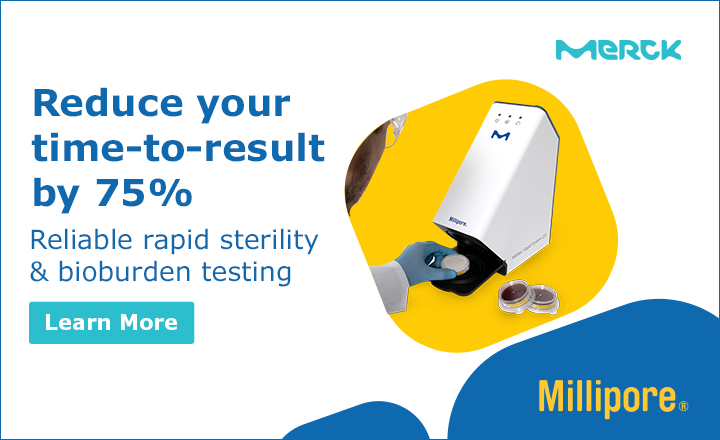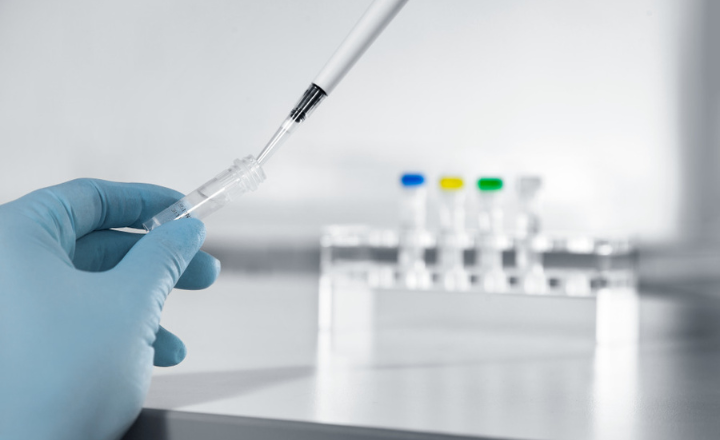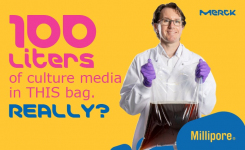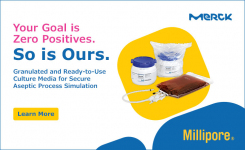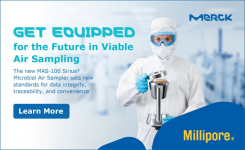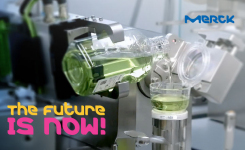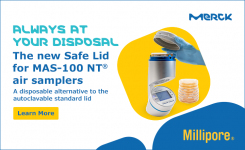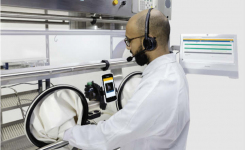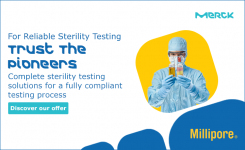Ensuring that short-life cell and gene therapeutics are microbiologically safe is challenging as they must usually be administered to patients before the result of a compendial sterility test becomes available. As a consequence, manufacturers are turning to alternative rapid methods that take far less time to result. How can you apply such methods for maximum confidence in the microbiological safety of your process and your final product?
The choice of rapid detection technology
USP chapter 1071 proposes several rapid technologies that are basically suitable for release testing of sterile short-life products. These include
- ATP bioluminescence
- Nucleic acid amplification
- Respiration and
- Solid phase cytometry
Dedicated chapters have been drafted for some of these technologies, for example USP <73> for ATP bioluminescence-based methods. Because the gold standard for compendial sterility testing of filterable samples involves membrane filtration, rapid methods also based on filtration that likewise report results in CFUs make comparisons and the validation of the alternative method easier.
All rapid methods significantly reduce the time-to-result of sterility testing in comparison to the compendial test, which takes 14 days to complete. Determining exactly how long it will take depends mainly on the spectrum of organisms that need to be covered. Most contaminants grow fast, so rapid methods will usually detect these within a day or even sooner, but slow-growers will take three to five days. This is still longer than one would wish.
Bioburden testing for a favorable sterility test outcome
Bioburden testing is gaining regulatory attention for cell and gene therapeutics, as the FDA’s January 2024 industry guidance on CAR T-cell products suggests. Awareness of the contamination levels along the entire manufacturing process can increase confidence in the safety of the finished cell or gene product. For example, screening raw materials, media, and intermediates for their bioburden will, if the results lie within the set alert limits, reduce the probability of getting a disappointing sterility test result at the very end. Unlike a sterility test, a USP <61> bioburden test yields a quantitative result that indicates not only if contamination is present but also its level. Should bioburden testing results reveal that contamination levels are too high, corrective action can be taken before moving on. If the results are routinely within the limits, there may even be justification to validate the rapid sterility test for results one or two days earlier.
A combination of rapid sterility and rapid bioburden testing offers manufacturers of ATMPs the flexibility to better adapt to the specific requirements as determined in their risk-based approach, which must take into account the nature and stability of the product, the time to grow relevant microbial strains, the health status of the patient and other factors. Rapid bioburden testing increases this flexibility further if it is based on membrane filtration, as any sample volume from 100 µL (in added diluent) to several hundred milliliters or more can be used, depending on the desired test sensitivity.
One system, two rapid methods
A platform that has been designed to perform both rapid sterility and rapid bioburden testing is the Milliflex® Rapid System 2.0. It is based on three technologies:
- Membrane filtration
- Bioluminescence detection of the ATP in emerging microcolonies and
- Image analysis performed with dedicated software
Two of the three required small-footprint instruments can be used for both rapid sterility and rapid bioburden testing. Sampling and membrane filtration setups might differ as a sterility test must be performed in a Grade A environment. However, reagent application and colony detection are performed the same way and on the same instruments—the software of the detection tower, for example, is capable not only of detecting microcolonies but also of enumerating them in CFUs. There is no need to move the instruments from one place to another to switch between the two rapid tests.
Easier validation due to huge overlaps
In principle, the validation of rapid sterility and rapid bioburden testing methods are separate tasks. However, there is a huge overlap when planning to use the Milliflex® Rapid System 2.0. Many of the validation results can be used for both rapid methods due to shared technology, instruments, and consumables, and this is reflected in the validation studies published for the Milliflex® Rapid System 2.0, with validation for bioburden testing requiring some additional studying due to its quantitative nature. Using the same platform for rapid sterility and rapid bioburden testing involves much less validation and implementation work, personnel training, and financial investment into instrumentation than when opting for two different platforms or for a rapid sterility solution that will not support rapid bioburden testing should the need for this capability arise at a later date.


